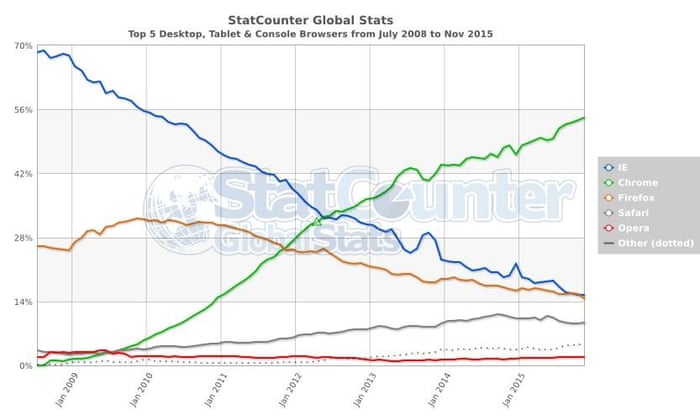Among the many articles about political arguments over Thanksgiving dinner, the Washington Post published one that reminded me of the Book of Mormon wars. I'll post some excerpts and then comment.
"It's not that people believe anything they want to believe. People still think and need rationale," Ditto said. "But the things that we feel change what we count as evidence."
You're probably familiar with the concept of "motivated reasoning." That term refers to the tendency of people to rationalize on behalf of outcomes they want to see. Maybe you're thinking about making a leftover sandwich from your Thanksgiving turkey but are on a diet. If you don't eat the turkey, it will spoil, you might think, offering a reason to do what you want despite any number of arguments that could be made contrary to that impulse.
Ditto talks about something similar — motivated skepticism.
"People tend to be a lot more skeptical of information they don't want to believe than information they do want to believe," he said. "People tend to just sort of scoop up information they want to believe and uncritically analyze it," Ditto said, "and then are much more skeptical and allocate their skepticism in a biased way."
That compounds over time, so that people compile evidence that supports their view and critically dismiss that which doesn't, so that the evidence on their side eventually seems overwhelming.
Those of us who write about politics with some regularity will notice a multiplier effect: emotion.
That overlap doesn't surprise Ditto. "The more passionate people are, the more morally convinced they are about the issue, the more they care about that in various other ways, the more biased they're likely to be," he said.
But there's no indication from his research that conservatives or liberals are more likely to use bias in selecting evidence. He's been conducting meta-analysis on past studies looking at this issue. "Both sides show a clear bias," he said, "They're more likely to accept the same information as valid if it supports their political views than if it doesn't, and the magnitude of that effect is exactly the same" between political sides.
The end result is that data or evidence is often a bad way to try to convince someone of an argument (which is precisely why, despite your being armed with a surfeit of how-to guides to change your family's politics over the holidays, you didn't actually change anyone's mind).
____________________
I've noticed similar things happening in the Book of Mormon wars. Many of the Mesoamericanists I've discussed the issues with exhibit powerful motivated skepticism.
I've mentioned before that for 40 years, I accepted the Mesoamerican theory. Why did I? Mainly because it was the "consensus." All the scholars I respected--Sorenson, Welch, Peterson, Magleby, Clark, and the others--were relatively united about Mesoamerica. It was only the anti-Mormons who criticized the theory, I thought. Basically, I deferred to these scholars. I read their books and articles uncritically, enthusiastically, even. I, too, was guilty of motivated skepticism of theories that contradicted the Mesoamerican consensus.
But then FARMS started going haywire with its snarky, cynical articles. I won't name the authors--they're widely known--but the dissolution of FARMS was long overdue. I started taking a look at the body of work and soon realized how shoddy much of it was. It was pure bias-confirmation. Motivated reasoning. So I took an independent look at the whole thing, from Church history to textual geography passages, and reached the conclusion that the Mesoamerican models--all of them--are simply wrong.
They're not even close. Not even rational.
Which gets back to this article on convincing your uncle.
It has become apparent to me that the Mesoamericanists are like the liberal/conservative uncle who "compile evidence that supports their view and critically dismiss that which doesn't, so that the evidence on their side eventually seems overwhelming."
It's so obvious to me now that I find it humorous to read the Mesoamerican materials I once found persuasive. All the paper and electrons wasted on discussing which of two rivers in Mesoamerica are the "real" Sidon. The conferences and debates about the width of the "narrow neck" without even considering the fundamental premise that it "must" be somewhere in Mesoamerica. The infiltration of Church curriculum and visitors centers. All of this and more is like the old Chinese Communist Party, when Chairman Mao was a lunatic but no one dared question his crazy plans because his ideas just had to be right.
Well, the Chinese finally came to grips with reality and jettisoned Mao's insane economic policies.
I'm still hoping the LDS scholars who have propped up the Meosamerican theory for so long will also come to grips with reality. A few have, and I trust more will.
But surely there will still be some uncles out there, refusing to consider facts that contradict their cherished theories that they've invested so much time and energy into.
The question is, are you one of those uncles?




